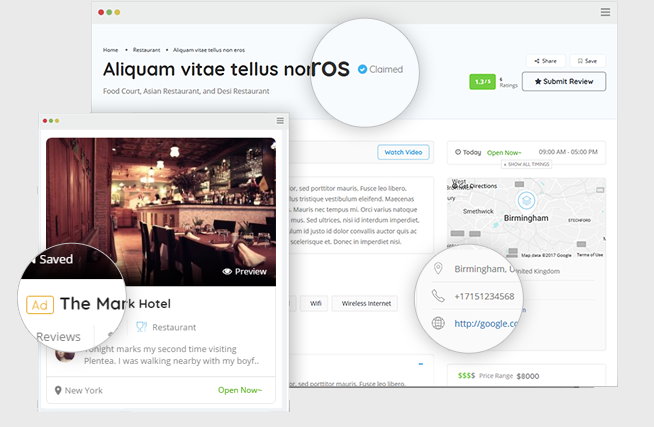1- Claimed
Best way to start managing your business listing is by claiming it so you can update.
Let's uncover the best places to eat, drink, and shop nearest to you.
Just looking around? Let us suggest you something hot & happening!

Nearly 80% Of Consumers Turn To Directories To Find A Local Business.

Best way to start managing your business listing is by claiming it so you can update.
Promote your business to target customers who need your services or products.
Turn your visitors into paying customers with exciting offers and services on your page.
Popular Exclusive Listings In Our Directory
Verano Ceramics specialises in Spanish Handcrafted Ceramics, Recycled Glassware, and sustainably sou
